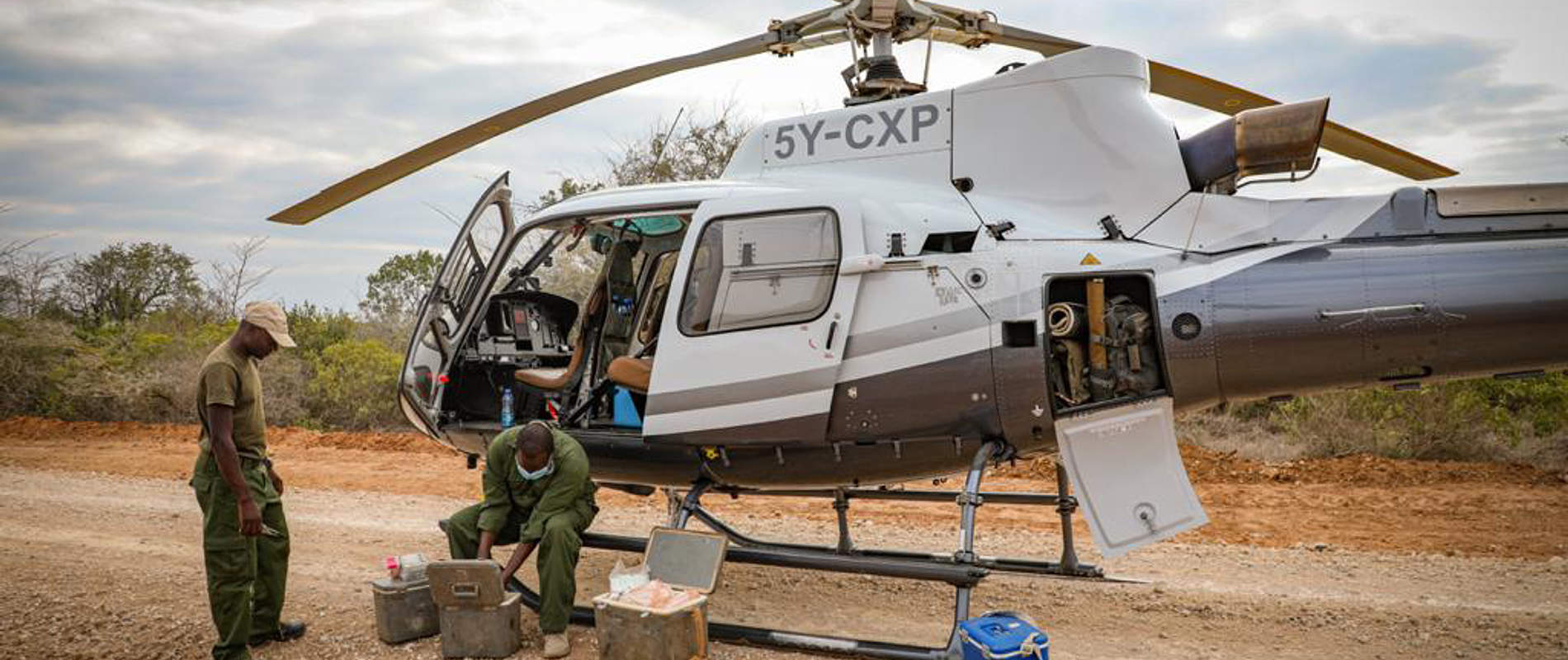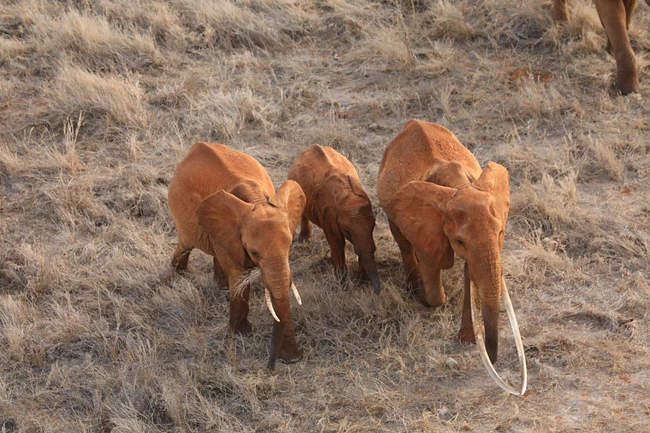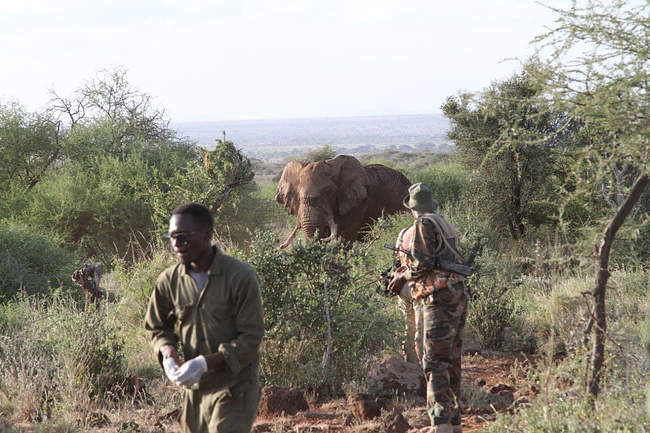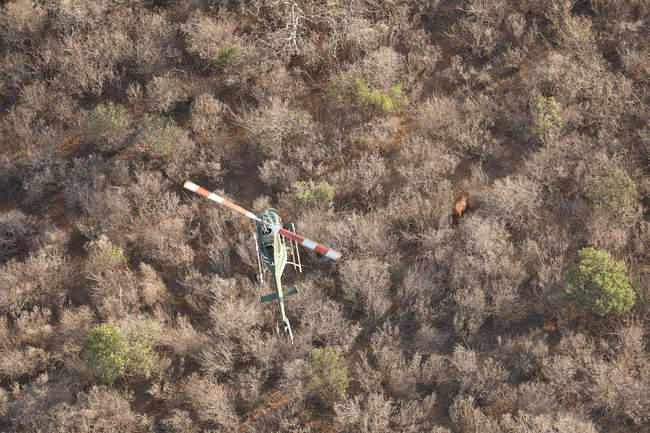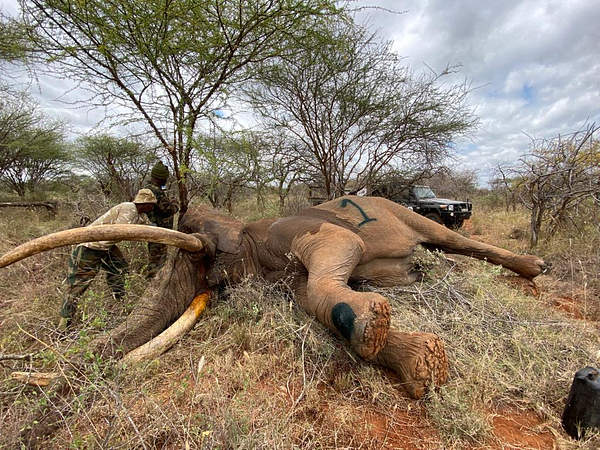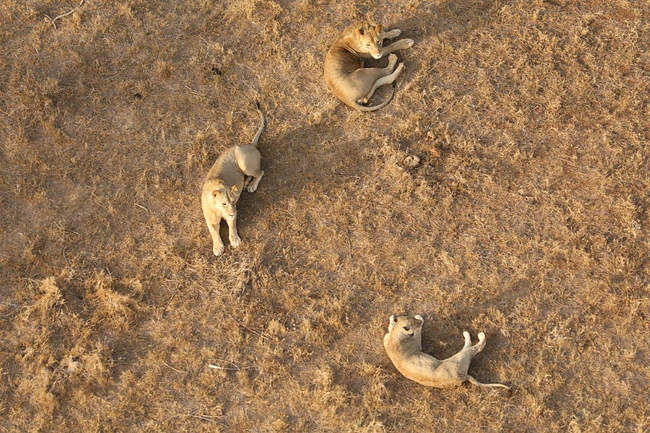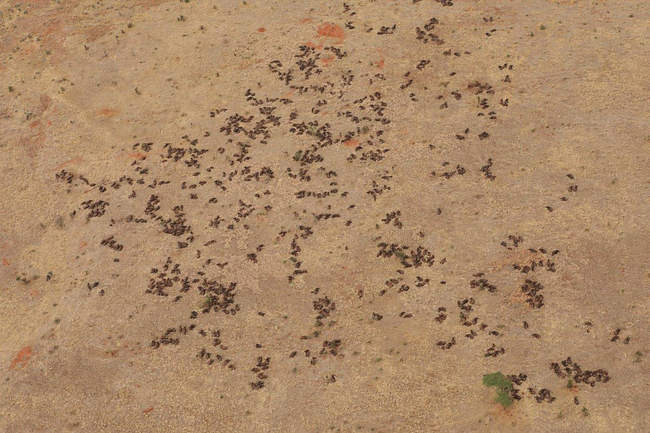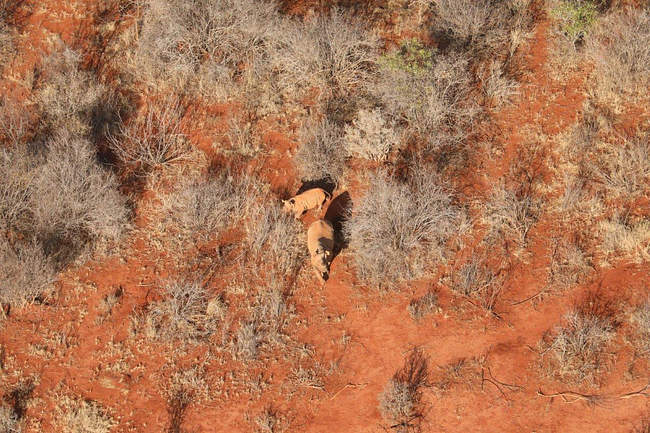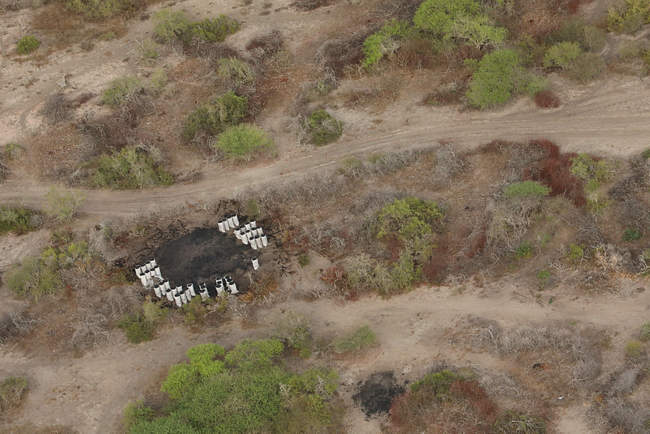The bulk of flying during the month of June was in support of the 2021 National Wildlife Census, specifically in the Tsavo Conservation Area (TCA). The TCA is the most significant portion of the census, at least in terms of elephant numbers.
Tsavo is expected to account for nearly half of the country's elephant population. The Sheldrick Trust committed 3 fixed-wing aircraft to the TCA wildlife count. This year's National Wildlife Census is the largest ever undertaken by the Kenya Wildlife Service and its partners, covering both land and aquatic wildlife and taking place country-wide over two months. Unlike previous counts, land species from the size of a small dik-dik upwards are being recorded. Although the results will not be released until all conservation areas in Kenya have been tallied, the trend from previous counts in the TCA has shown an increase in the elephant population, as well as other significant species such as giraffes and buffaloes. For its part, the SWT flew a staggering 12,365 km over 94.3 hours in just 8 days, with the bulk of flying occurring in just 6 days.
In addition to the census, there was plenty of other work to keep our pilots busy. Our helicopters responded to numerous human-wildlife conflict cases; most of these involving elephants that needed to be pushed back into the National Park from areas densely populated with people. There was also an instance when one of our helicopters was also called upon to assist in driving a group of giraffes out of a fenced off portion of Taita Ranch where they had become inadvertently trapped without water.
Unfortunately, we are not always able to intervene in cases of human-wildlife conflict before farmers and/or pastoralists take matters into their own hands. There was an increase in veterinary cases in June, several of which involved elephants that had been speared by angry community members. The majority of incidents occurred between the Chyulu Hills and greater Amboseli ecosystem, involving bull elephants. On Selengei Conservancy, an elephant was treated for a 10-inch spear wound to its left foot, as well as an infection at the base of the tusk.
Another elephant, closer to home, was reported by community members with a deep penetrating wound on its leg. A fixed-wing aircraft was also deployed on one occasion to transfer a veterinarian from one of our SWT/KWS Mobile Veterinary Units to the site of an injured bull elephant near Kimana Sanctuary, also with a spear wound, this time on the front right leg above the knee.
SWT helicopters also responded to two other callouts, the first initiated after footprints of suspected rhino poachers were found inside the Tsavo West rhino range. The area was searched intensively from the air, while ground teams and the SWT/KWS Canine Unit were able to follow tracks to the poachers’ harbour. A second callout involved an emergency medivac of two of our own: During a confrontation between one of our ground teams and a notorious poacher, two our rangers were injured with a machete. We are pleased to report that both rangers have recovered well and are back at work.

Poaching activity detected during aerial patrols included 1 recent shooting blind in Northern Tsavo east and suspected sandalwood harvesting in Chyulu Hills National Park. Other activities supported by the Aerial Unit included assistance of a fixed-wing aircraft to locate rhinos for ear notching by KWS to aid in identification.
The SWT has also recently begun ground operations on Galana Ranch, having been engaged to manage the conservancy by the Galana Wildlife Conservancy Board. Already teams are rooting out the extensive bushmeat and charcoal trades that had been able to expand over the last few years in this area. These efforts on the eastern boundary of Tsavo East National Park will help further secure the Park and its wild residents.
Large numbers of livestock were observed during the month, especially in Tsavo West. With the entire area having dried out and sections of the Park around the coast and southern Tsavo having experienced failed rains, we are expecting pressure from livestock to increase dramatically over the next few months and leading up to the November-December rains.
Aerial highlights in June included numerous sightings of lions and rhinos, and large concentrations of elephant along the Tiva River, something that just a decade ago was unheard of. In fact, just 2 decades ago there was scarcely a sign of elephants north of the Tiva River.
